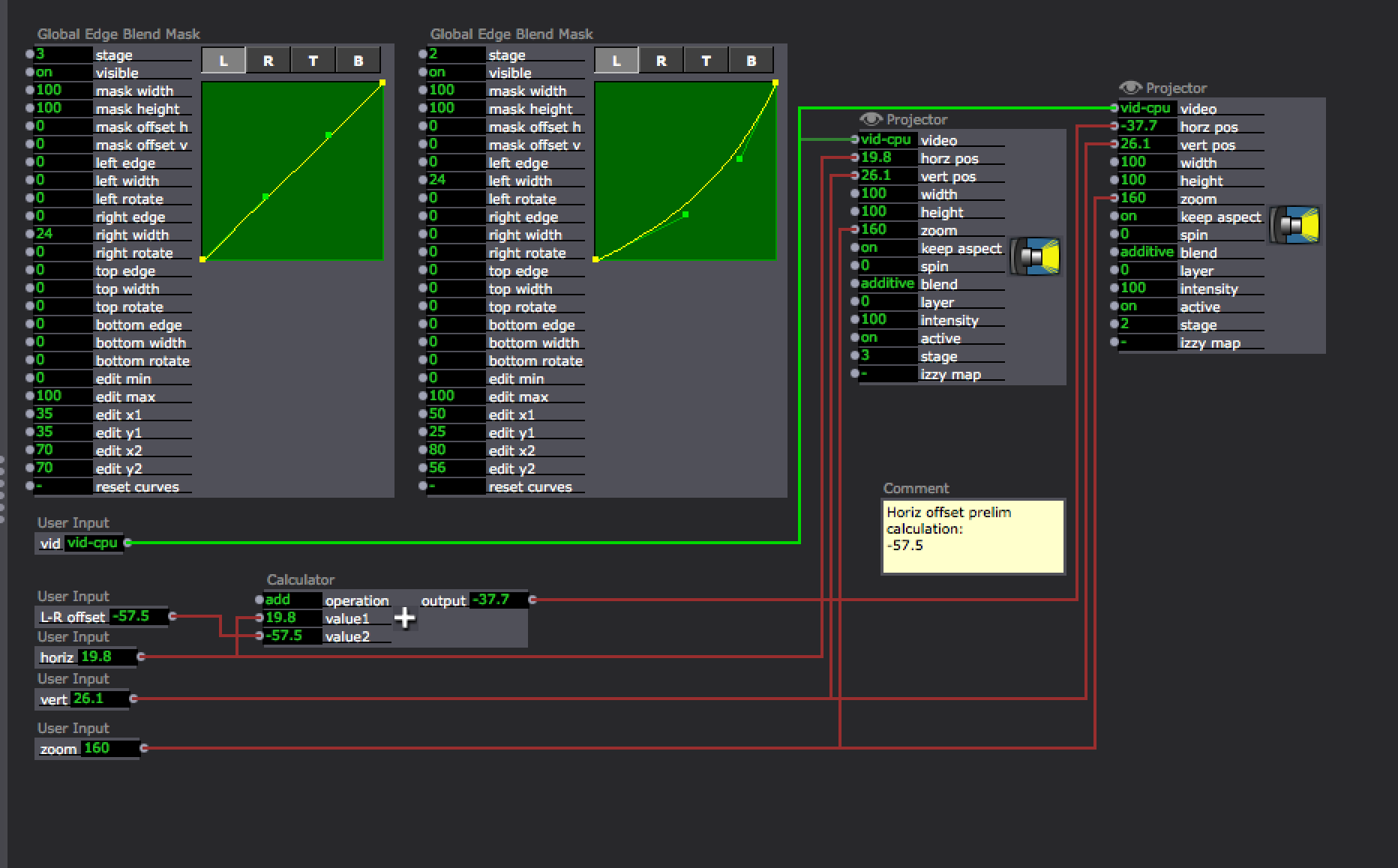

– Seamless, edge-blended displays – blend the edges of multiple curved images with repeated accuracy and speed. – Harness the power of multiple projectors – blending technologies make it fast and easy to get perfectly-blended displays. What can Edge Blending and Warping Solutions offer? The good folk at TripleWideMedia have the following list of downloadable edge blending projection content: In order to blend it together, you need to reduce the brightness in addition to matching the image. If you have two images side by side and the middle 20% is doubled, obviously that portion is going to be brighter than the rest of your image. The second part of the process involves feathering the images to eliminate the “hot spot” that is guaranteed to occur. This overlapping gives you a larger area to match up which eliminates the hard edge you’d see if you simply placed the two images side by side. Essentially, you send the same portion of your image across two projectors. The first involves overlapping two images.

So, how does edge blending really work? There’s basically two processes. Essentially, this is what edge blending will accomplish. Much like when you paint a wall, you always overlap your strokes to get as even a coverage as possible. When you place two projectors side by side, the human eye will notice the edge, the mismatched colors, and the split or overlap of the images. Simply put, when you have two projectors lined up next to each other creating one solid image, you will never be able to create a seamless edge without edge blending projectors. In both cases, a number of projectors are needed which are firstly overlapped and then visually joined together using an edge blending technique.

Typically, this is done to increase the size of a projected image to make a very wide image, or by combining a number of lower resolution devices together to increase the total resolution of a display. So that this newsletter is not moved to your spam folder, please enter our sender address into your personal address book.Edge blending is a technique used to describe the process of visually combining several projected images to make a single seamless image.
Edge blending software free registration#
You will shortly receive an e-mail, in which we ask you to confirm your registration within the next seven days. You can receive further information on the topic of data protection at Sharp/NEC in our data protection information. The revocation of the consent will not affect the lawfulness of the processing done up until the revocation based on the consent. You may in particular revoke your consent to the sending of the e-mail advertising through the unsubscribe link contained in each e-mail. You have the right to revoke your consent at any time to Sharp NEC Display Solutions Europe GmbH by e-mail at or in writing to the above-mentioned address. I consent to Sharp NEC Display Solutions Europe GmbH, Landshuter Allee 12 – 14, 80637 Munich using the above-mentioned personal data for the purpose of market research and advertising tailored to me personally (in particular written customer information, invitations and information on events, as well as information and campaigns for and about display technologies and products, solutions and services) and contacting me by e-mail for this purpose. In addition, Sharp/NEC invites you by e-mail to events that we carry out or which we participate in and contact you on particular occasions. With the cost-free Sharp NEC Display Solutions Europe GmbH newsletters, we inform you by e-mail about product innovations and technologies and campaigns about display technologies and solutions.


 0 kommentar(er)
0 kommentar(er)
